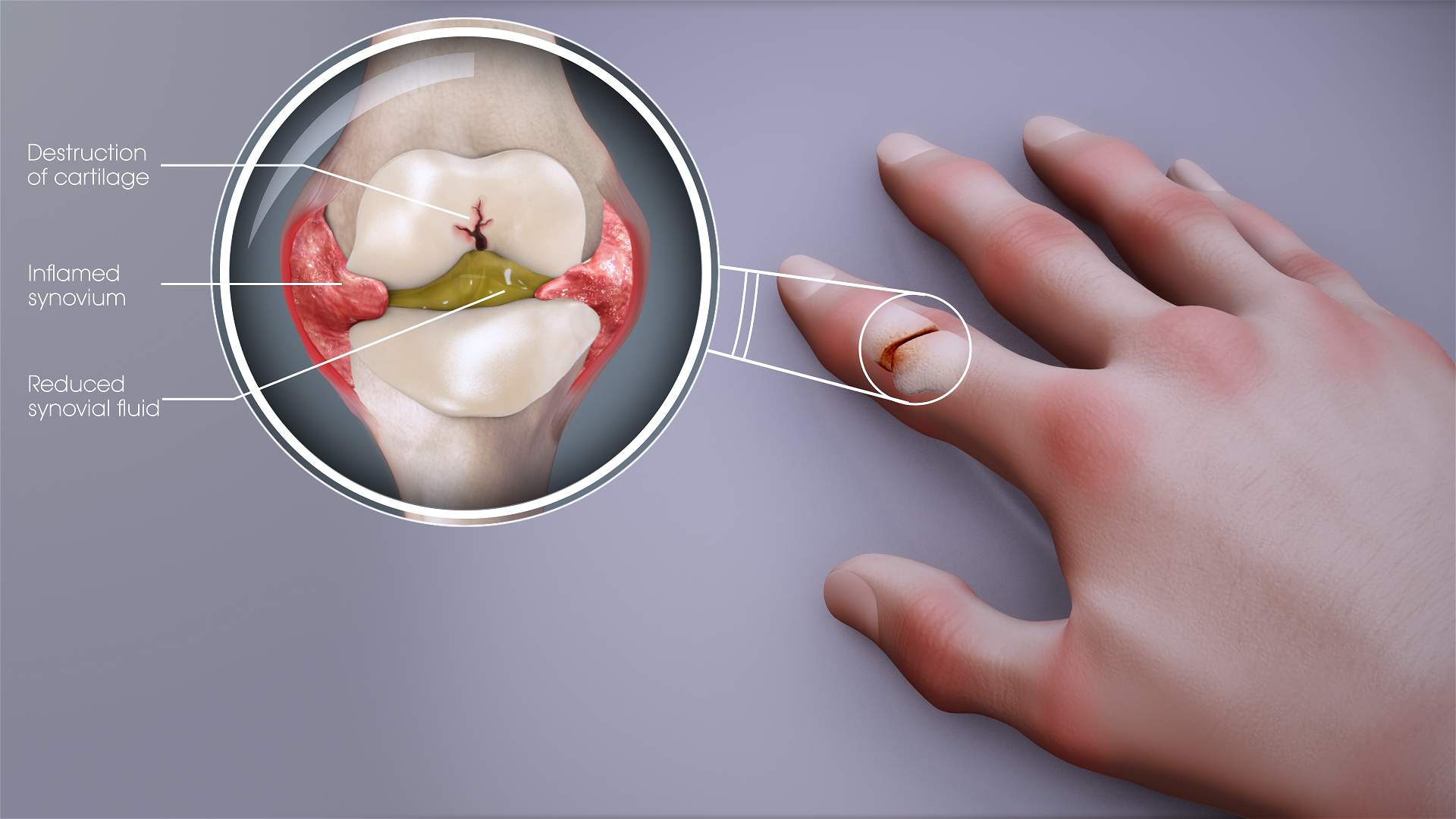Rheumatoid arthritis is characterized by pain in the joints, caused by genetic, geographical and climatic factors. It can also result from a hyperactive immune system. Most of the rheumatic diseases affect joints, tissues that attach to joints, or muscles. Although rare in the past, developed countries are experiencing a resurgence. In the United States, rheumatic diseases affect close to 46 million people.1 Besides connective tissues, major organs of the body can also be affected. Therefore, attacking the disease early can help prevent multiple-organ damage.
Rheumatic Disease - A multi-pronged Pokemon
Rheumatic diseases largely present with joint pain and muscle spasms, regardless of the cause.. Pain medications give superficial relief but treating the underlying cause can take time.
In rheumatic fever, caused by Streptococcus A bacteria, detecting the degree of infection and controlling its spread takes 2 to 5 weeks. 2 However, in rheumatoid arthritis, joint inflammation can occur suddenly, although, the bone cells may have been ruptured for years before. 4
Because rheumatoid arthritis affects body systems (cardiovascular and respiratory), apart from joints, it is referred to as a systemic disease.
Rheumatic diseases affect people of all ages; rheumatic fever can occur in children while teenage boys can get gout. 1, 9 Some diseases correlate with gender, like rheumatoid arthritis and fibromyalgia in women, and gout and ankylosing spondylitis occurring in men. 1, 9 Initial symptoms are often characterized by fever, inflammation, redness and pain. Subsequent characteristics include bending of fingers and toes, color changes in the nails, and rashes on the body.

Goals of Rheumatoid Arthritis Treatment
Early aggressive treatment is focussed towards:
- Stopping inflammation
- Relieve symptoms
Targeted remission involves:
- Preventing joint and organ damage
Tight control to:
- Improve physical condition and overall well-being
- Reduce long term complications
The early bird gets the worm … not the MRI
A primary concern in rheumatic disease treatment is to prevent escalation. Major organs can be affected like the heart, arteries, lungs and the gastrointestinal system. 4, 6 Rheumatic fever, rheumatoid arthritis, and fibromyalgia often end up with lesions in the heart valves, 4, 6 which can lead to heart failure. In some cases, nervous complications that arise require treatment with anti-seizure medication. 2 However, an increase in severity can lead to a hand or foot disability. 1, 2, 5
Rheumatoid Factor (RF) is a protein made by immune system that can attack healthy body tissue. Healthy people don’t make RF. So the presence of RF in blood can indicate the beginning of an autoimmune disease. RF can be tested by a simple blood test from the vein of your arm or the back of your hand.
Alternative treatments - Not just voodoo anymore
Physicians are suggesting unconventional treatment methods that not only relieve pain in the muscles and joints but reduce their dependence on external factors. Acupuncture 3 is a widely used method used to relieve arthritic pain using needles at selective pressure points. It reduces stiffness in cold temperatures, a common environmental cause for several rheumatic diseases. 3
Taking vitamin D supplements and sun exposure are other methods that counteract the risk of rheumatic disease. 7 Vitamin D and calcium together play a role in bone development and repair. Increasing their intake 7 and absorption reduces the risks of developing rheumatoid problems. Researchers have identified a rheumatic arthritis diet consisting of foods that are rich in antioxidants and can help control and reduce inflammation.
For patients with autoimmune rheumatic conditions, arthritis caused by overactivity of the immune cells, special exercises help in increasing the range of motion. 7 Evidence shows that range-of-motion exercises increase the WBC production in the joints. 4, 7 However, these should not be practised in isolation; a physical therapist should supervise and assist. 3
Body massages provide significant relief to patients with rheumatic conditions. Just one hour of a massage increases the strength and flexibility of joints and muscles, 3 and supplementing with heat therapy keeps muscular pain away for months.
Controlling lifestyle is advised as this could affect the onset of the disease. 7, 9 Smoking reduces the age at which muscle and nerve pain sets in, especially in women. 9 For men, a lack of water consumption can cause lower back pain, 1 spine complications, and even gout. 1
Rheumatic diseases comprise of many distinct diseases and conditions that are caused by a wide variety of factors. Early treatment is important to prevent long term organ damage. Treatment modalities vary from disease to disease; they can be pharmaceutical but alternative treatments are also recommended. Thus, clinicians are taking a more holistic approach to battling this class of diseases.
References
1. Arthritis and Rheumatic Diseases2. What Are Rheumatic Diseases?
3. Alternative Therapies for Low Back Pain
4. What’s Rheumatoid Arthritis?
5. What Are Rheumatic Diseases?
6. Understanding Rheumatic Fever -- Diagnosis and Treatment
7. Rheumatoid Arthritis: Painful Debilitating Disease More Devastating Than Previously Recognized
8. What Is Strep Throat?
9. Rheumatoid Arthritis on the Rise in Women
Orthopedic Animation
Physiotherapy and training post orthopedic procedures are a very common use case for 3D animation. Home physiotherapy devices are far more common than 15 years ago. Animation can be used as a training and reference tool much like YouTube cooking classes! Read More..








